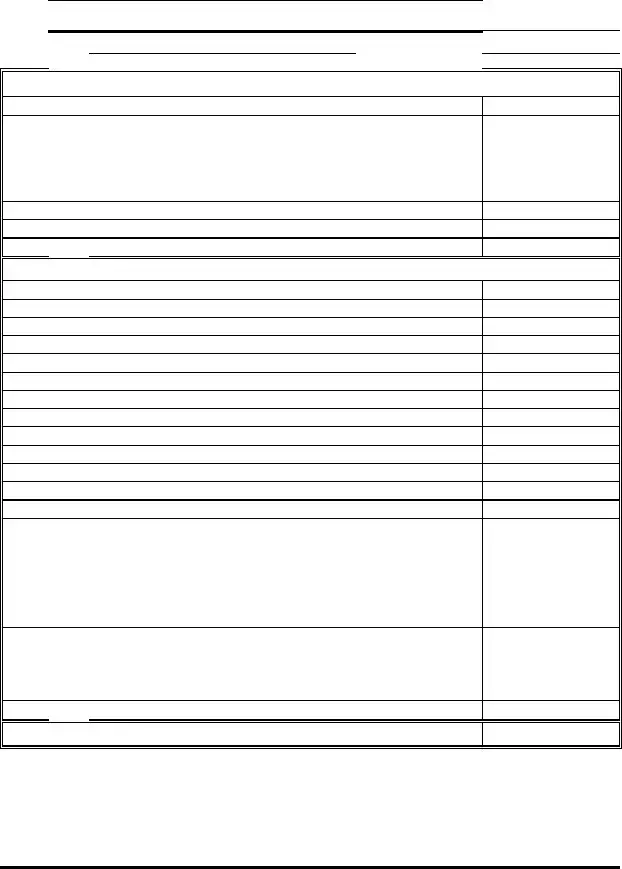Download Profit And Loss Template
The Profit and Loss form, often referred to as the income statement, is a financial document that summarizes a company's revenues and expenses over a specific period. This form provides essential insights into a business's profitability and operational efficiency. By analyzing the Profit and Loss form, stakeholders can make informed decisions regarding the company's financial health.
Open Profit And Loss Editor

